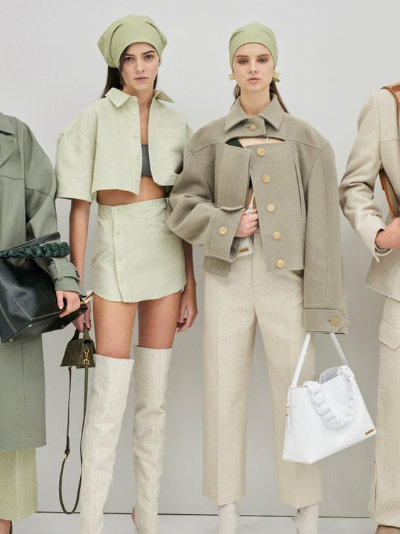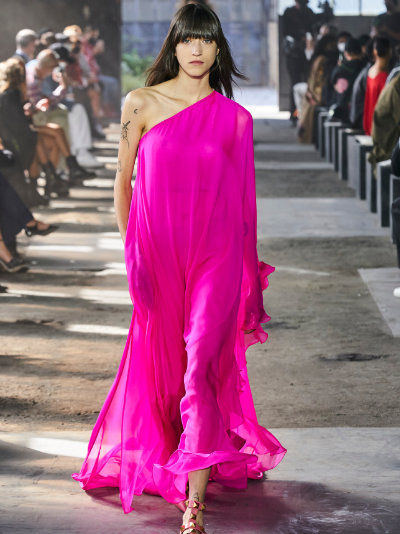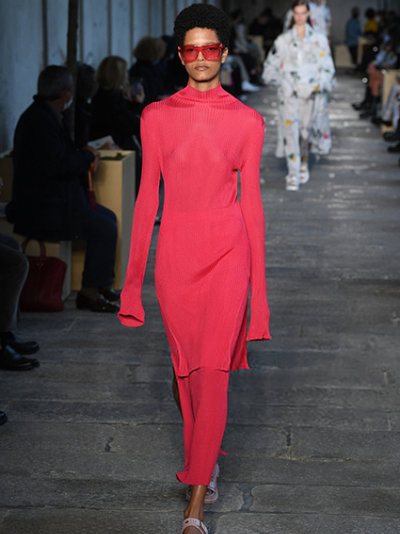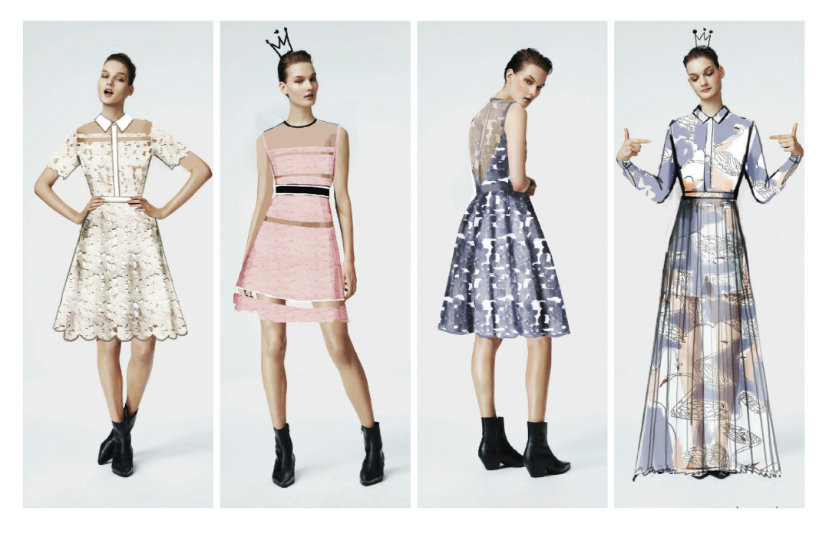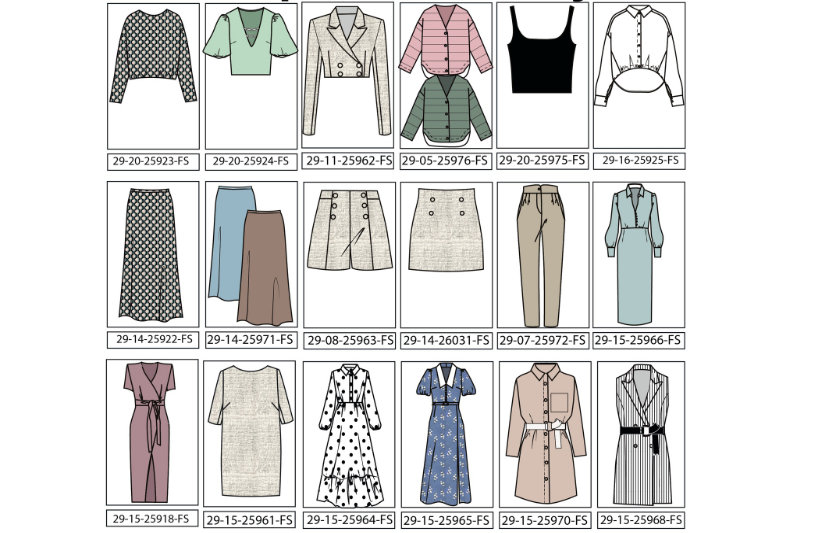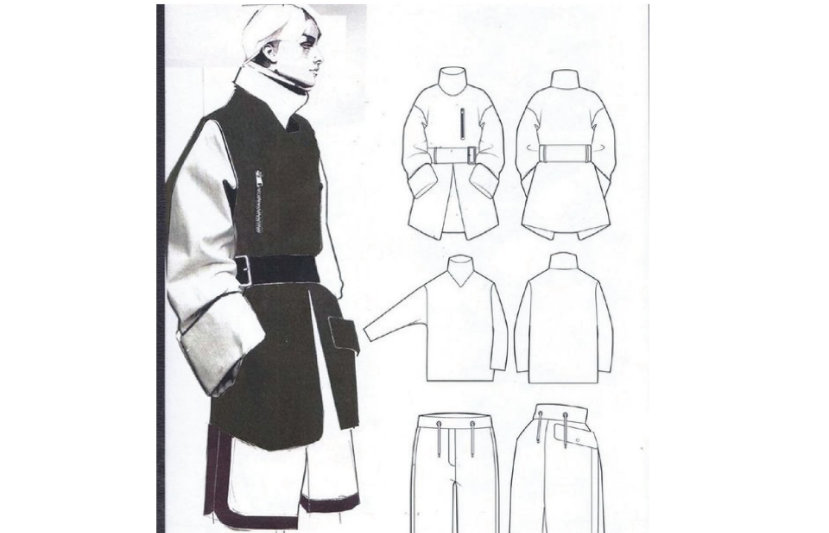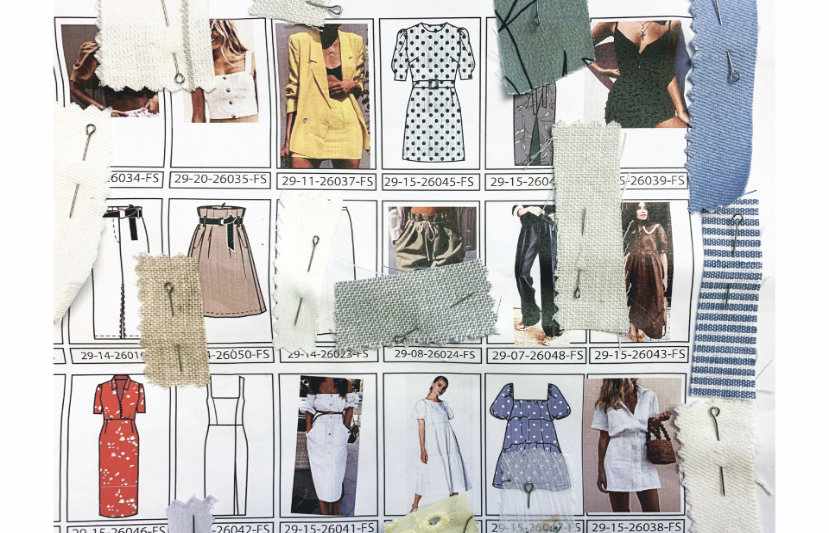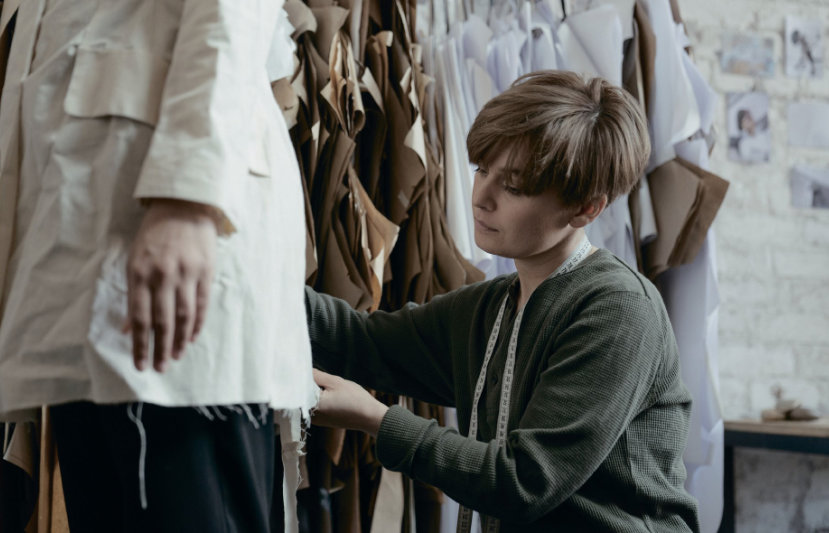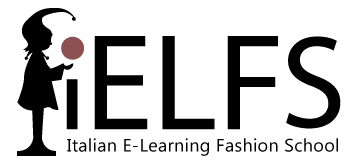Creating a collection for most of people seems to be something very complex, incomprehensible and even magical. And some people, on the contrary, have in their heads the image of a creative person, on whom inspiration falls from the sky, and he suddenly begins to create and immediately creates a collection of clothes.
Creating a collection is, of course, a creative process, but very thoughtful and logical. There is no magic here (or 10 percent of it), but in general it is a streamlined process with stages.
The teachers of our school, Italian fashion designers, are ready to share with you what is happening behind the curtain of the fashion world.

